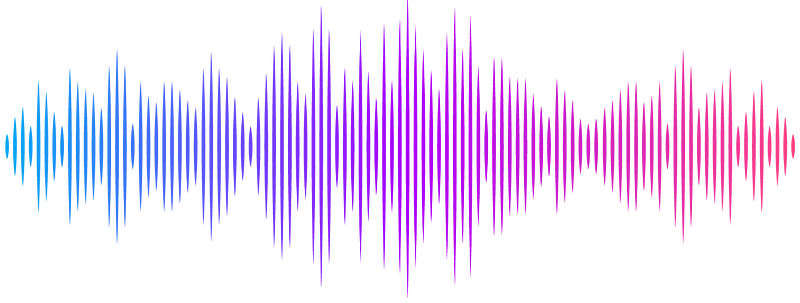Cohesin distribution alone predicts chromatin organization in yeast via conserved-current loop extrusion.

Cohesin distribution alone predicts chromatin organization in yeast via conserved-current loop extrusion.
Yuan, T.; Yan, H.; Li, K. C.; Surovtsev, I. V.; King, M. C.; Mochrie, S. G. J.
AbstractInhomogeneous patterns of enhanced chromatin-chromatin contacts within 10-100 kb-sized regions of the genome are a generic feature of chromatin spatial organization. These features, termed topologically associating domains (TADs), have led to the loop extrusion factor (LEF) model, where TADs arise from loop extrusion by cohesin complexes. Currently, our ability to model TADs relies on the observation that in vertebrates TAD boundaries are correlated with DNA sequences that bind CTCF, which therefore is inferred to block loop extrusion. However, although TADs feature prominently in their Hi-C maps, non-vertebrate organisms either do not express CTCF or show few TAD boundaries that correlate with CTCF sites. In all of these organisms, the counterparts of CTCF remain unknown, frustrating comparisons between Hi-C data and simulations. To extend the LEF model across the tree of life, here, we propose the conserved-current loop extrusion (CCLE) model that interprets loop-extruding cohesin as a nearly-conserved probability current. Thus, we derive a position-dependent loop extrusion velocity from cohesin ChIP-seq data alone. To demonstrate its utility in organisms lacking CTCF, we apply the CCLE model to the Hi-C maps of interphase Schizosaccharomyces pombe and meiotic Saccharomyces cerevisiae. In both cases, the model accurately predicts the TAD-scale Hi-C maps. It follows that loop extrusion by cohesin is indeed the primary mechanism underlying TADs in these systems. The model also gives new values for loop extrusion parameters such as the LEF density and processivity, which compare well to independent estimates, and provides new insights into in vivo LEF composition and function.